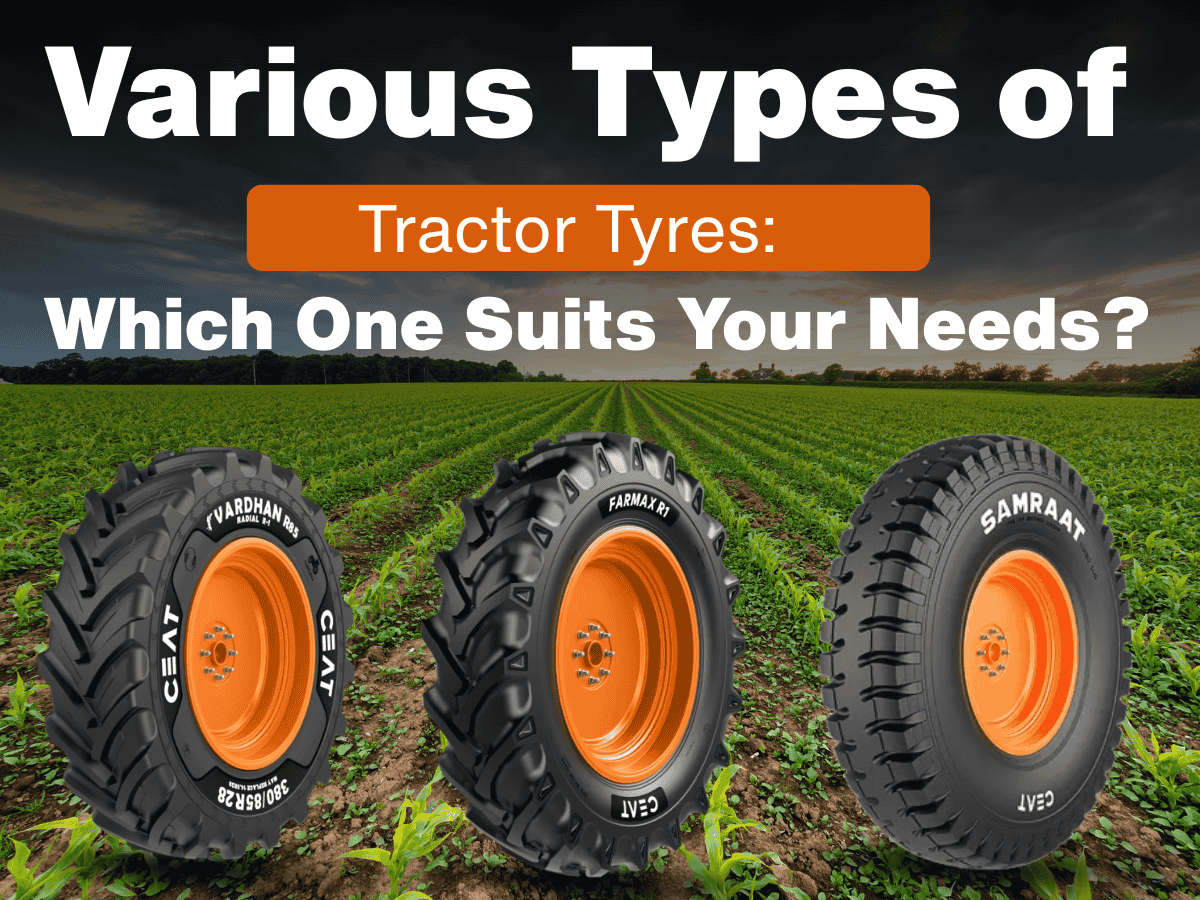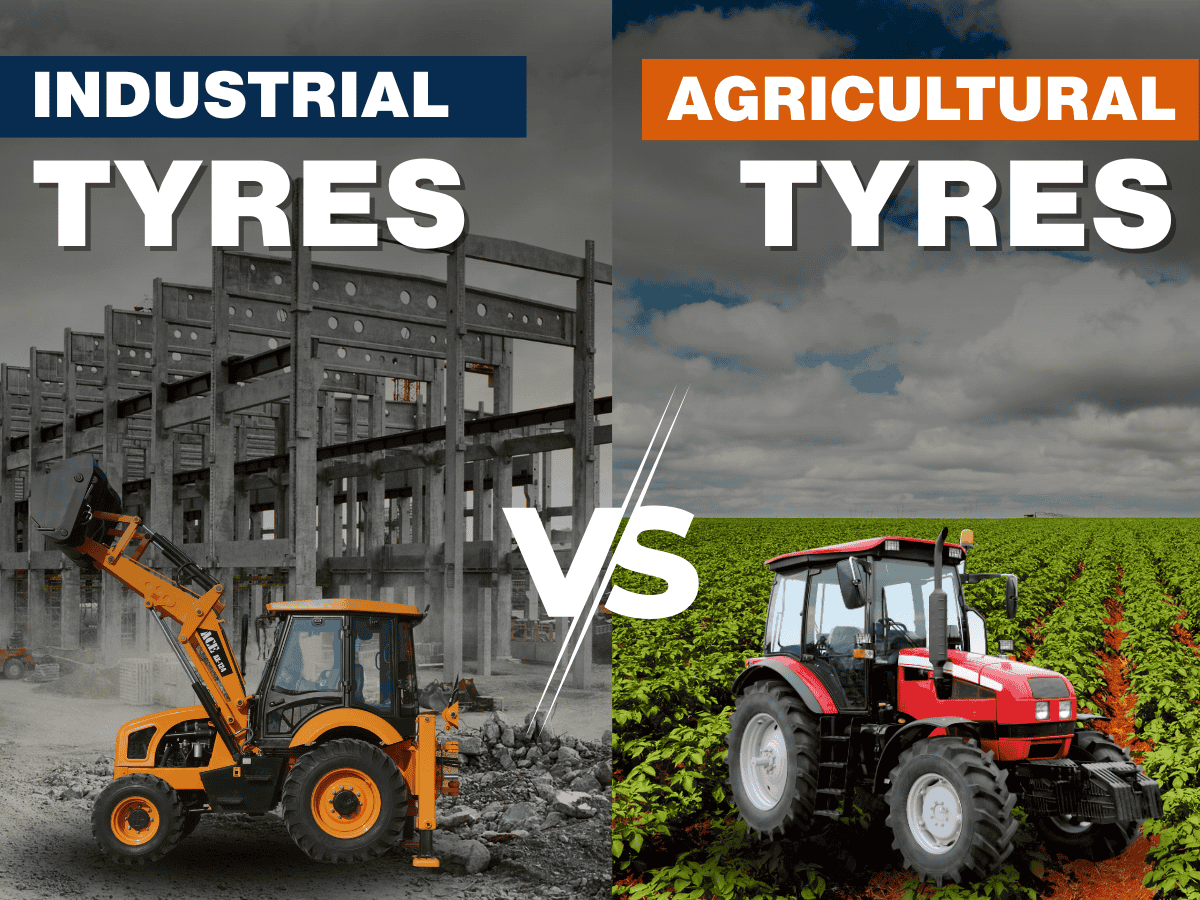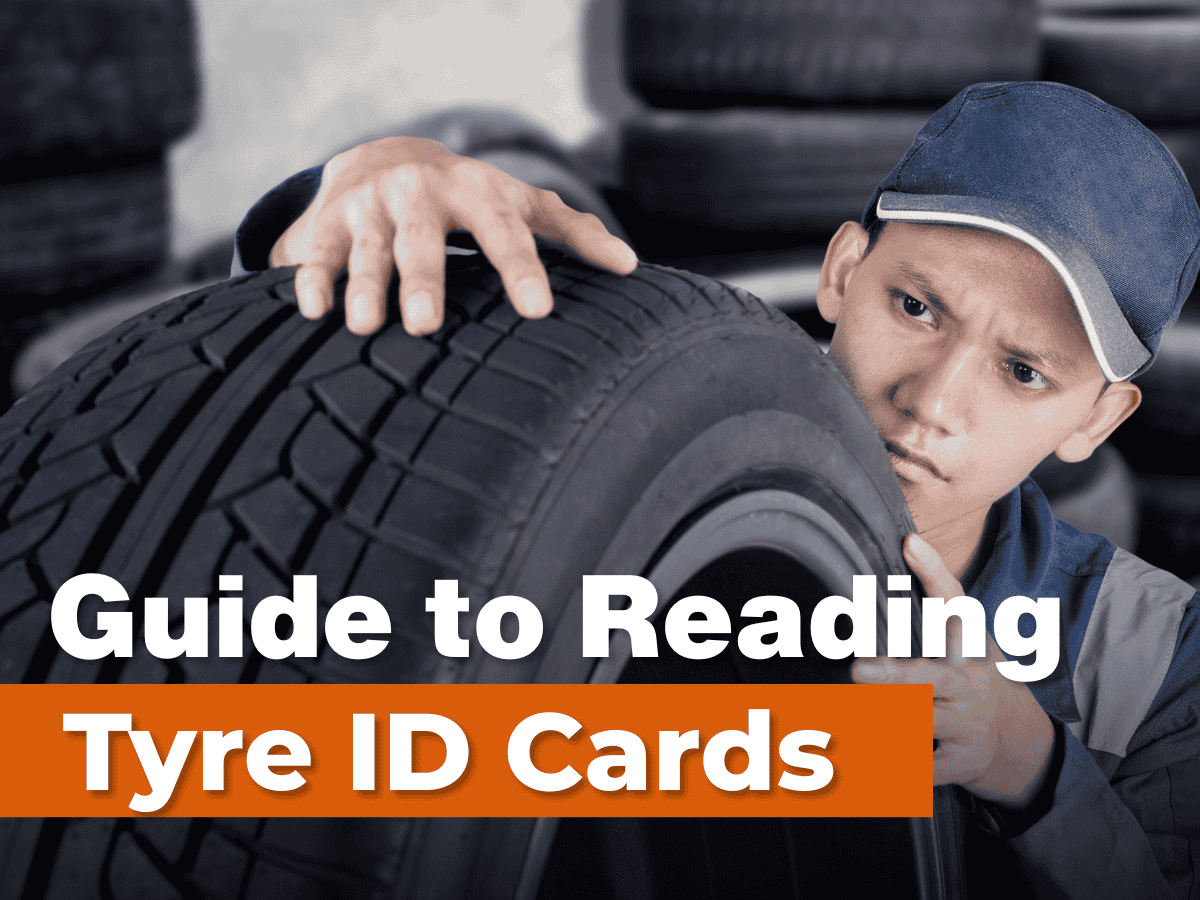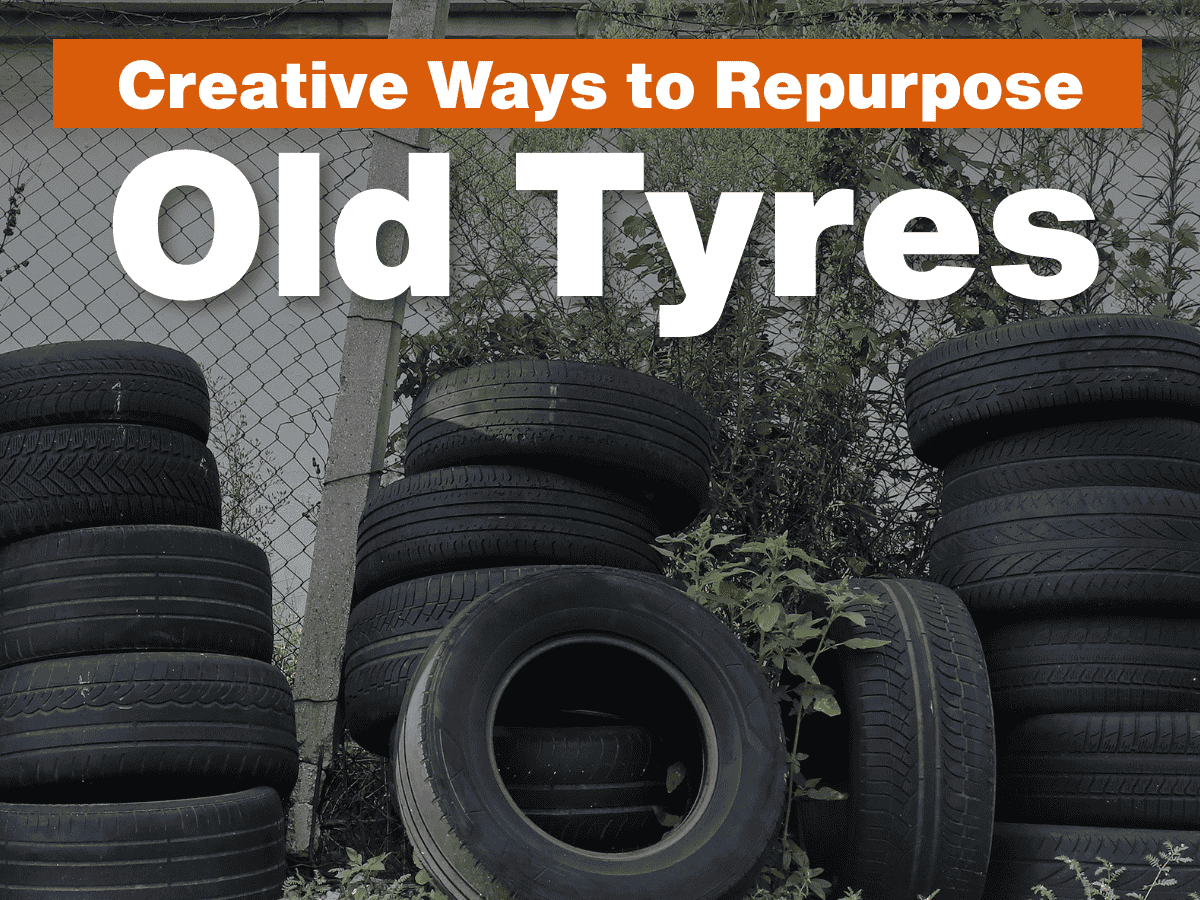ceat-speciality:blogs-tags/all,ceat-speciality:blogs-tags/tyre-advice
How to Interpret Load and Inflation Charts for Farm Tyres?
Thu, 11 Sep 2025 | PRODUCTS
Ever wondered why your farm tyres wear out faster or why your soil seems too compacted after a few runs? Nine times out of ten, the culprit is tyre pressure. But setting the right inflation isn’t guesswork. It comes down to understanding load and inflation charts. These charts may look confusing at first, but once you know how to read them, they become a farmer’s best friend. Let’s break it down step by step so you can get the best out of your tyres, your soil and your yield.
Why Does Correct Tyre Inflation Matter?
Getting tyre pressure right isn’t just about keeping the tyre from looking flat. It impacts:
- Safety: Underinflated tyres can overheat and fail; overinflated tyres reduce grip.
- Performance: A well-set tyre pressure means smoother rides and efficient fuel use.
- Longevity: The right pressure extends tyre life, saving you money in the long run.
- Soil Protection: Correct inflation reduces compaction, helping your crops thrive.
- Yield: Less soil damage and better traction translate directly into higher productivity.
Think of it this way: air, not rubber, carries the load. The tyre is just the container. If the “container” doesn’t hold the right amount, your whole operation suffers.
What Load and Inflation Charts Actually Tell You
Load and inflation charts are like cheat sheets for your tyres. They tell you how much pressure each tyre needs based on:
- Axle Load: The total weight your tractor or implement is putting on each axle.
- Tyre Configuration: Are you running singles, duals or triples? Each setup spreads weight differently.
- Speed: Tyres behave differently at 5 km/h in the field compared to 40 km/h on the road.
- Application: Ploughing, hauling and spraying require different pressure considerations.
Example: If your rear axle is carrying 6,000 kg with dual tyres at 30 km/h, the chart might suggest 18 psi. But if you’re carrying that same load at higher speeds, the required pressure goes up.
Step-by-Step: How to Use a Load/Speed Inflation Table
Let’s say you’re setting up for a day of fieldwork:
- Weigh your machine: Either on a weighbridge or portable axle scales. Guessing won’t cut it.
- Check your tyre size: Different tyres carry different loads even at the same pressure.
- Look up the chart: Find your tyre size, axle load, and speed.
- Adjust accordingly: Inflate or deflate to match the recommended pressure.
- Double-check: Always recheck pressures across your fleet every couple of weeks or more often if you switch between road and field work.
Modern Tools: CTIS vs. Manual Checks
Central Tyre Inflation Systems (CTIS) make this process easier by letting you adjust pressures on the go—from the cab. That means you can run lower pressures in the field (to protect soil) and higher pressures on the road (to protect tyres and fuel).
But here’s the truth: many farmers still rely on charts and manual gauges. Both work—CTIS just adds convenience.
Why CEAT Specialty Farm Tyres Make the Difference
When you’re picking the best farm tyres, you’re not just choosing rubber. You’re choosing a partner in productivity.
CEAT Specialty designs tyres with farmers in mind, focusing on:
- Stronger carcass construction for heavier loads.
- Wider footprints to reduce soil compaction.
- Reliable charts and support to guide you on inflation settings.
If you’ve ever struggled with getting pressures right, CEAT’s load/speed inflation tables are designed to keep things simple and practical.
Practical Tips Every Farmer Should Remember
- Don’t eyeball it: A tyre may look fine but still be 20% underinflated.
- Recheck regularly: Temperatures and heavy workloads can change pressure.
- Balance matters: If one side of the tractor is carrying more weight, adjust accordingly.
- Field vs. Road: Keep pressures lower for fieldwork, higher for transport.
- Don’t overload: Even the best farm tyres have limits—stick to the charts.
Wrapping It Up
Load and inflation charts aren’t complicated once you know what you’re looking at. They’re tools to make sure each tyre is doing its job without straining itself or your soil. With the right pressure, your tyres last longer, your farm runs smoother, and your crops yield more.
So, here’s a question for you: How often do you recheck tyre pressures across your fleet?
FAQs
How often should I check my farm tyre pressures?
Ideally, every two weeks or before any major task. If you’re switching between road and field work, check more often.
Why can’t I just inflate all tyres to the same pressure?
Because not all tyres carry the same load. Rear tyres often bear more weight than the front, especially when using heavy implements.
Can wrong inflation really affect crop yield?
Yes. Overinflated tyres compact the soil, restricting root growth. Underinflated tyres waste fuel and reduce efficiency.
Do CEAT Specialty tyres come with load and inflation charts?
Absolutely. Every CEAT Specialty farm tyre includes detailed charts so you can set pressures with confidence.
What makes CEAT Specialty tyres different from others?
CEAT focuses on durability, soil protection, and farmer-friendly support. Their tyres balance strength with a wide footprint, making them some of the best farm tyres for long-term value.




















